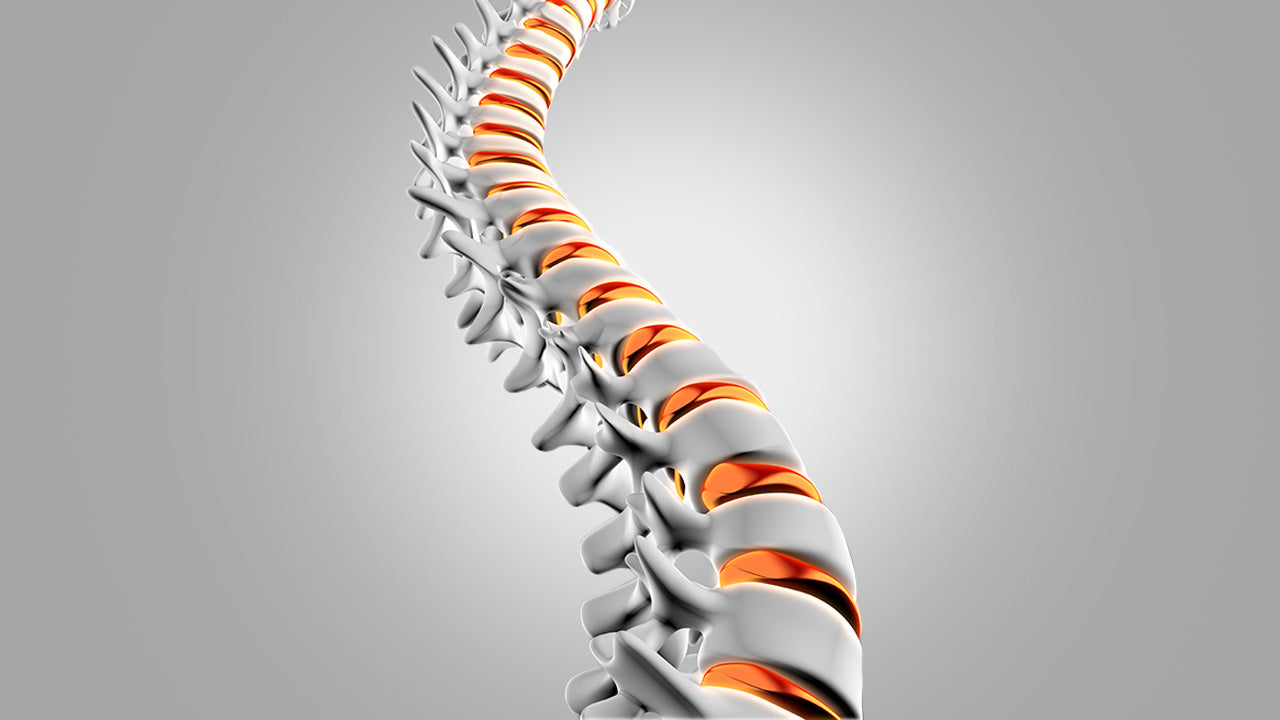Diseases of the spine
According to statistics, more than 80% of the world's population complains of back pain. The cause of discomfort can be serious diseases of the spine, which greatly complicate the life of a person suffering from them.
The most common diseases of the spine are, first of all, herniated intervertebral disc, osteochondrosis, scoliosis, spondyloarthrosis, ankylosing hyperostosis, spondylolisthesis, spinal canal stenosis, inflammatory diseases and tumors of the spine, funnel-shaped and keel-shaped deformities of the chest.
The image shows the pressure exerted on the spine in different positions of the body:
Unfortunately, the majority of people working at a computer sit in an inclined position in relation to the monitor, at the same time putting almost maximum load on the spine, which over time negatively affects its condition and the health of a person in general.
By correctly alternating work at the computer at the table in a sitting and standing position, you will feel an improvement in your general condition after a month, even if nothing bothered you before.
Alf Nakhamson - achievements in the field of orthopedics
Alf Nachemson graduated from the Karolinska Institute in Stockholm, Sweden in 1956 and received his PhD from Uppsala University in 1960. In 1961, he moved to Gothenburg and the Salgren Hospital, where he became an orthopedic specialist and associate professor. He was appointed Professor and Chair of Orthopedic Surgery at Gothenburg University and Sahlgrenska Hospital in 1971 and served in this capacity until his retirement in 1996. Under his chairmanship, his department became a major research institution with innovative orthopedic research laboratories and a large research budget. He very soon understood the importance of specialization in orthopedics. He was also a member of the Council of the Medical Faculty of Gothenburg University. He officially retired at the age of 65, but continued to act literally until the last day.
The method of measuring intra-cascade pressure
In the mid-1950s, Alf Nakhamson got a position as an assistant to Professor Karl Hirsch at Uppsala University Hospital. To study the load conditions of the human spine, he developed a method of measuring intra-cascade pressure. The original work was done on post-mortem material and formed the basis of his thesis entitled Lumbar intra-cascade pressure: experimental studies based on post-mortem material, published in Uppsala in 1960.
He then performed the first in vivo disc pressure measurements in San Francisco and Gothenburg. In vitro studies have already shown that intra-cascade pressure can be measured not only in undeformed discs, but also in moderately degenerated discs.
In vivo measurements showed that the intracascade pressure reflected the load on the human spine. Since then, intra-cascade pressure measurements have remained the only measurements that directly determine spinal loading conditions in vivo.
This seminal work was universally cited, and his classic drawings of various body positions over pressure histograms are featured in countless publications. Almost 50 years after Alf Nahemson's research, the experiments were repeated by other groups, the results of which largely confirmed the correctness of the original data. His ground-breaking measurements continue to be benchmarks in orthopedic, professional, and rehabilitation textbooks around the world.
Further work by Alf Nahemson
He was co-editor of SPINE for 20 years. Thanks to his editorial work, he contributed to the ever-improving impact factor of the journal. He was one of the founders of the Cochrane Collaboration Back Review Group, established in 1993, and has been responsible for this group for almost 10 years. During his presidency, 81 PhD theses were successfully defended at the Department of Orthopedics in Gothenburg; 16 of his graduate students became professors. His keen interest in evidence-based medicine led to two books on back pain published in 1990 and 2000 for SBU (Swedish Board for Technology Assessment in Healthcare). For his research and outstanding contribution to spine research, he received several major awards from different parts of the world. These include the 1981 SIROT Award, the 1986 Arthur Steindler Prize, the 1991 Kappa Delta Outstanding Research Paper Award, the 1995 Bristol-Myers Squibb/Zimmer Award, and he was the first recipient of the ISSLS-Stryker Spine Lifetime Achievement Award in 2000 Honorary memberships were awarded to him by more than 20 scientific societies and organizations.
He was one of the founders and president of the International Lumbar Spine Society and president of the European Society of Spinal Deformities, which was later merged with the European Spine Society, of which he became a very active member. He has repeatedly served as an expert for governmental institutions not only in Sweden, but also in the USA, Australia and Canada. He has been very successful in attracting private donors, resulting in the Dr. Felix Neuberger Foundation and the Ingabrit and Arne Lundberg Research Foundation in Sweden. In close cooperation with AB Volvo, he initiated the prestigious Volvo Award, which has been awarded for 25 years by the International Society for the Study of the Lumbar Spine.
He was also chairman of the Volvo Research and Education Foundation. He was visiting professor at several US universities between 1975 and 1991: Northwestern University, Rush Presbyterian at St. Luke's Medical Center and the University of Illinois, Chicago, Illinois; University of Washington, Seattle, Washington; Harvard Medical School, Beth Israel Hospital, Boston, Massachusetts and Georgetown University, Washington, DC. He was visiting professor for a shorter period of time at 50 universities in Australia, New Zealand, Asia, South Africa, North America, South America and Europe. In addition to co-editing SPINE, he was on the editorial board of seven other scientific journals and numerous scientific boards. His own list of publications was extensive. More than 500 papers have been published by Alf Nahemson as first author or co-author, often in prestigious journals, and he has given more than 1,500 lectures worldwide, most of them by invitation.
For many years, and long before evidence-based medicine was widely accepted, Alf Nahemson worked constantly to improve the scientific quality of research. Many colleagues around the world remember him for his constant support of high-quality research. His contribution to the Cochrane Collaboration and HTA (Health Technology Assessment) is driven by his genuine interest in scientific evidence. Three weeks before he died, he founded the 'Alf Nakhamson Foundation for Spinal Evidence Research'. This initiative reflects his genuine interest in this area.
Alf Nakhamson was a very skilled doctor. In patient management, he always paid close attention to ensure high quality. As a researcher, he was constantly involved in new ideas and projects. He was an outspoken advocate of good medical practice and was not afraid to stand up, sometimes very strongly, for what he believed were the right ways to treat our spine patients. He repeatedly spoke decisively and passionately, not supporting science-based interventions. And he did this long before evidence-based medicine (EBM) was widely implemented, even before the name EBM was coined. He was one of the great driving forces behind the introduction of EBM in spine care and one of the first, if not the first among us, to understand the importance of Cochrane reviews in spine surgery.
He helped change the way many of us viewed our profession. He was a very charismatic leader to his colleagues and an enthusiastic inspiration to all those who were fortunate enough to know him closely. He had an enormous capacity for work and with enthusiasm, humor and liveliness he stimulated and inspired us all. Throughout his work, his vision was one of superiority and dedication to the advancement of science and the well-being of patients. Rarely, in a lifetime, has such a profound impact on so many people and, in fact, an entire medical specialty.
Original article about Alf Nahemson: Articles from European Spine Journal are provided here courtesy of Springer-Verlag


to share:
MYOFASKA AND LONG-TERM SITTING
TEHNOTABLE AT ORGATEC 2022, GERMANY. RESULTS